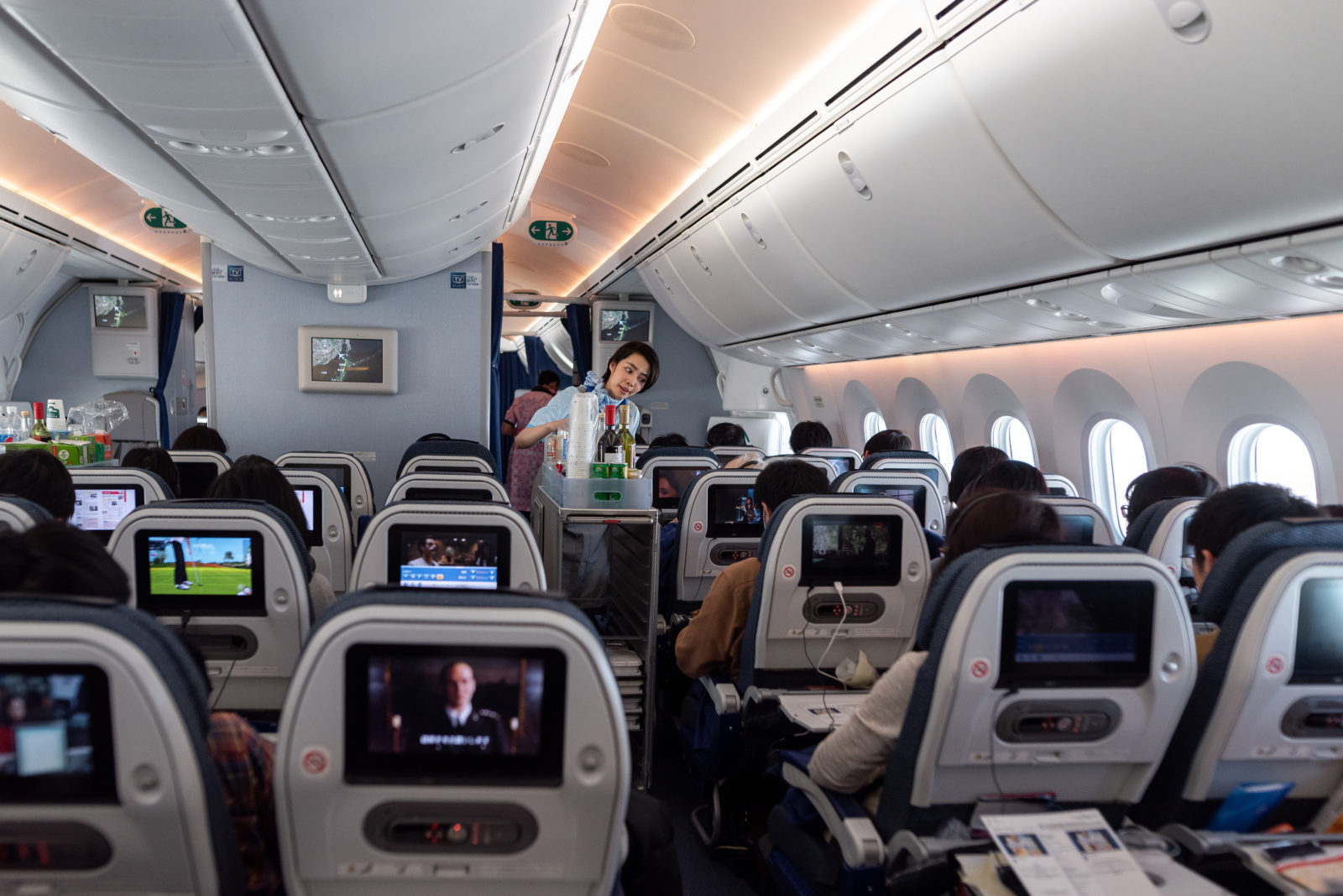
Japan will dramatically ease face mask guidelines from mid-March, and airlines have already confirmed they will ease their own COVID-19 preventative measures in line with the new recommendations.
The new guidelines are to be introduced on March 13 and coincide with the date that Japan will downgrade the categorization of COVID-19 to an illness of the same severity as seasonal influenza.
Japan never actually introduced a mask mandate, but wearing a face mask has become an almost universal daily occurrence since the start of the pandemic in early 2020. The central government has strongly advised its citizens to wear a mask in a variety of public settings.
From March 13, however, the government will limit masking recommendations to passengers on crowded public busses and trains during rush hour. Masking will no longer be suggested in nearly all other daily activities.
This includes other forms of public transport, including on Shinkansen bullet trains and airplanes where passengers are usually sitting down.
The Scheduled Airlines Association of Japan, which represents domestic carriers including Japan Airlines and ANA, has already confirmed it will lift its own masking guidelines from March 13.
At present, Japan Airlines doesn’t require passengers to wear a face mask, but it strongly recommends passengers do so and warns that going barefaced could cause other passengers anxiety and discomfort.
The government continues to recommend that people wear a face mask if they are feeling unwell, and masks should be worn by anyone attending a healthcare setting.
On Wednesday, the Hong Kong government extended a wide-sweeping mask mandate, which not only includes public transit and crowded indoor environments but also outdoor public settings.
Mateusz Maszczynski honed his skills as an international flight attendant at the most prominent airline in the Middle East and has been flying ever since... most recently for a well known European airline. Matt is passionate about the aviation industry and has become an expert in passenger experience and human-centric stories. Always keeping an ear close to the ground, Matt's industry insights, analysis and news coverage is frequently relied upon by some of the biggest names in journalism.







